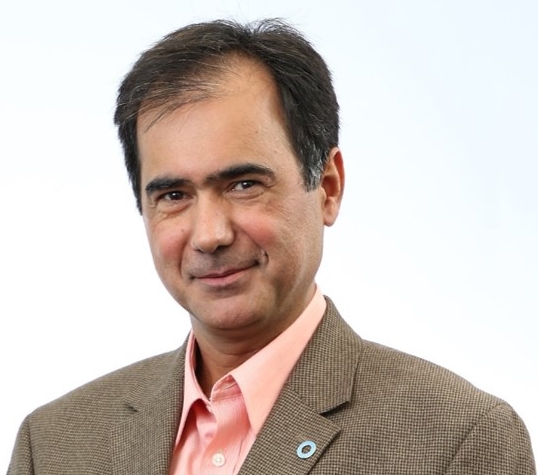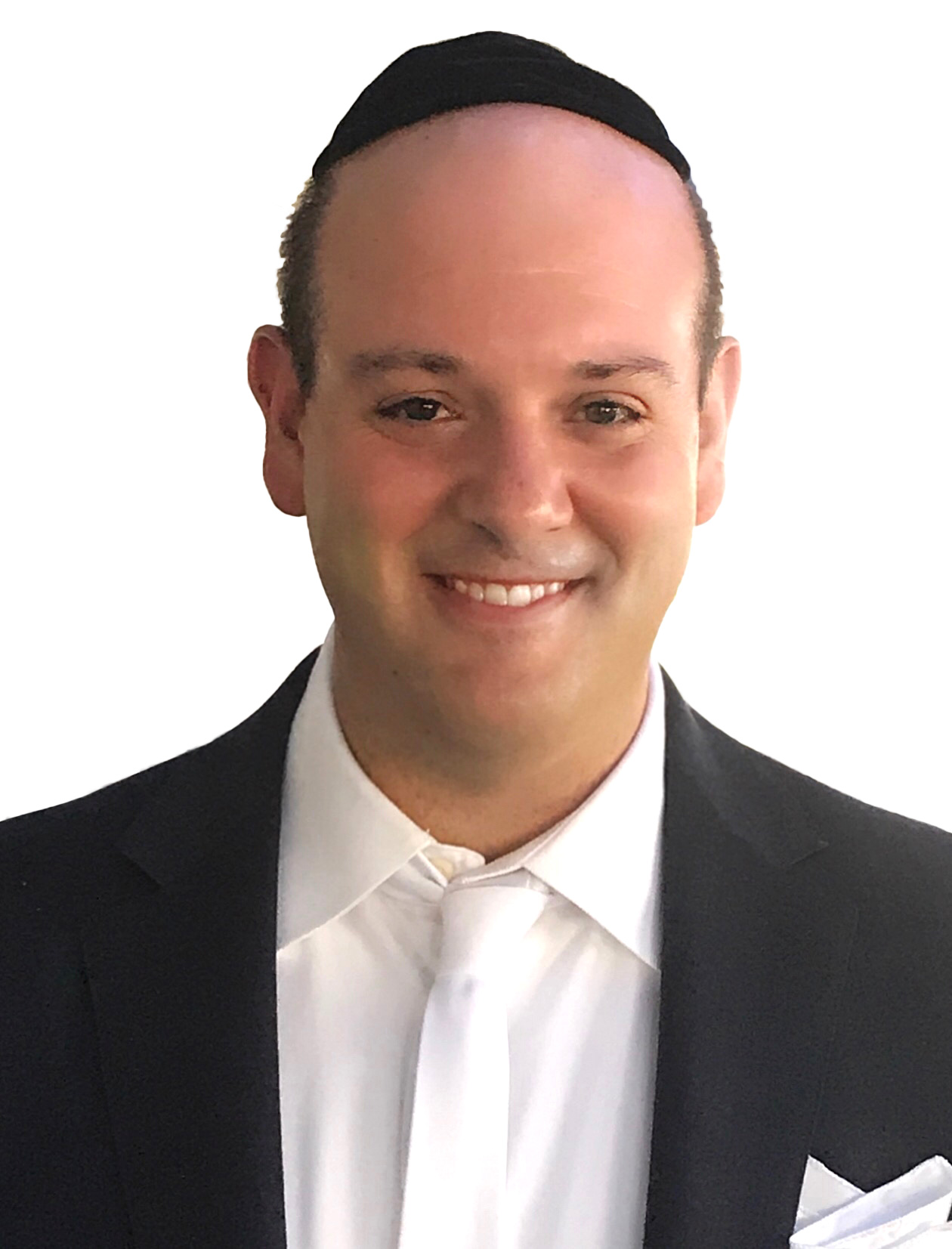GlyConMedics : An Oral, Simple and Sustainable Therapy for Type 2 Diabetes.
We are a clinical stage pharmaceutical company planning to revolutionize the treatment for type 2 diabetes by providing a simple, natural and cost-effective solution.
San Diego, CA United States Diabetes Drug Development Clinical Interventions MedStartr Ventures challengeAbout our project
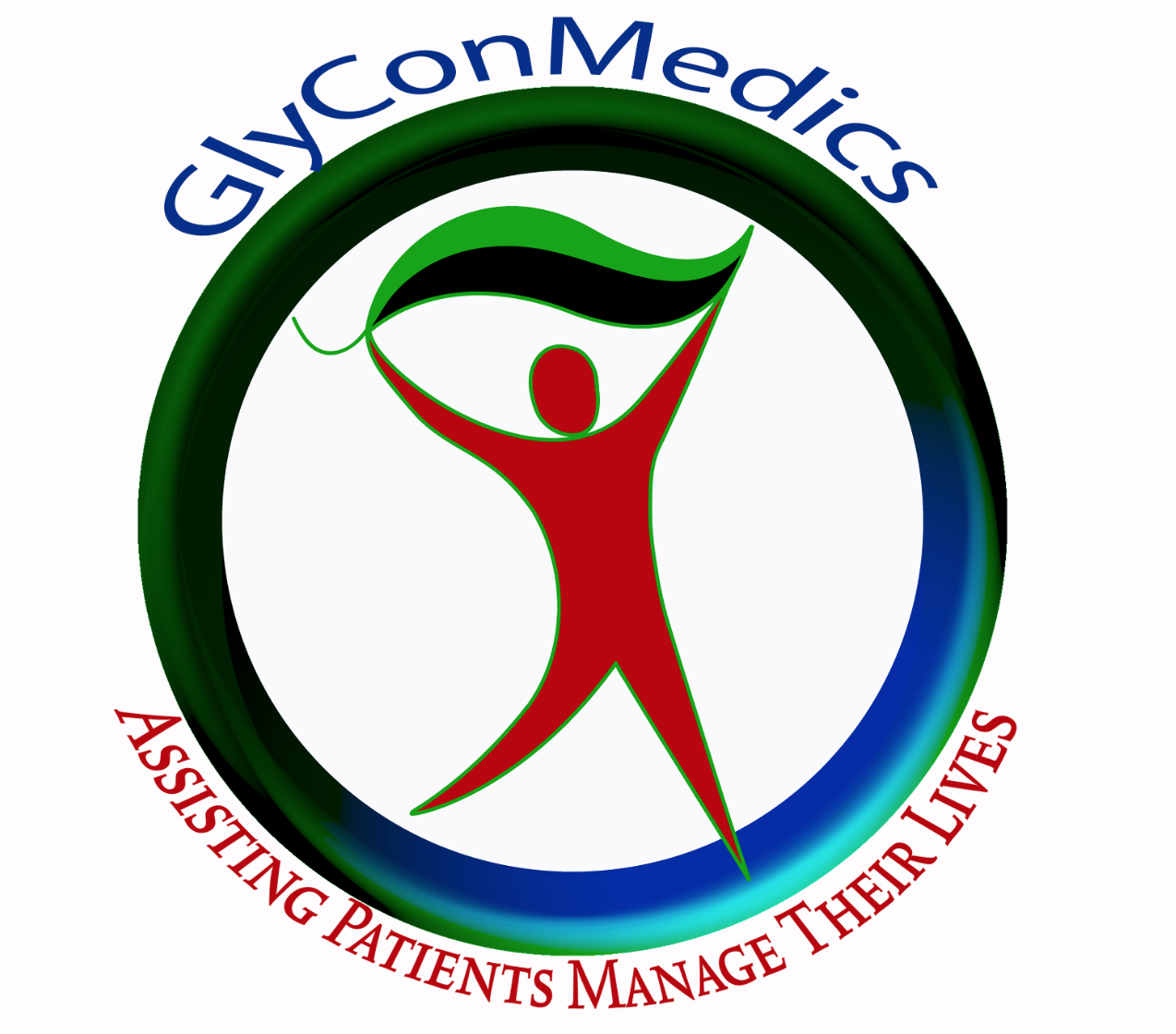
The problem we solve: Our clinically tested and proprietary therapy heralds the prospect of a highly cost-effective treatment for type 2 diabetes – a disease recognized as a global threat to human health (UN resolution No. 61/225). In 2015 the International Diabetes Federation reported that there are more than 415 million patients with type 2 diabetes worldwide, with ~50% residing in just 3 countries; the USA (29.3 million), China (109.6 million) and India (69.2 million). The healthcare costs associated with the management of diabetes are exceptionally high, with an estimated annual cost; in the USA of $320 billion, in China of $59 billion and India of 8 billion. Currently available oral anti-diabetes drugs provide moderate glucose control but may have serious side effects and high costs, which restrict their use. The long-term use of these drugs may cause cancer or failure of the heart and the kidney. Thus, there is an immediate need for better, safer and ideally cheaper treatments for type 2 diabetes.

About our solution: Instead of developing “New Chemical Entities” to treat type 2 diabetes, which their long-term use my result in major side effects, we have discovered and developing an “add-on treatment” to sulfonylurea anti-diabetes drug to abrogate its clinically significant side effects and extend efficacy in terms of duration and strength. Because sulfonylurea are derivatives of sulfonamide antibiotics, we’ve hypothesized that while sulfonylureas are excellent anti-diabetes drugs, they exert “anti-biotic” effects, which may inadvertently reduce patient’s essential gut “good bacteria” leading to evolution of clinically significant side effects (weight gain, hypoglycemia) and limitation of duration of efficacy (6-12 months). We further speculated that these anti-biotic properties might be abolished by pre-biotic molecules that are fermented by the gut “good bacteria” to restore a healthier “Gut Microbiome” and increase blood essential hormones for an optimal pancreatic function and glucose control.
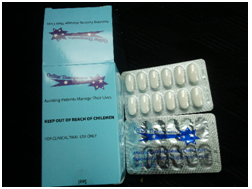
Progress to date:To test our hypothesis, we have conducted clinical case studies in 8 type 2 diabetes patients and 1 pre-diabetes individual and assessed a number of different naturally derived pre-biotic products, approved for human consumption, in an attempt to increase the communities of gut “good bacteria”, also termed pro-biotics. Of those tested, a specific pre-biotic candidate, termed inulin, exerted profound synergy with all 4 types of widely prescribed 2nd and 3rd generation sulfonylureas. This “add-on” treatment abrogated anti-biotic effects of sulfonylurea and significantly reduced sulfonylurea-induced weight gain and hypoglycemia and near-normalized patient’s glucose for over 5 years. Following these discoveries we have received a merit-based Australian government grant to conduct a proof-of-concept phase 2a clinical trial in Australia and India. We have manufactured cGMP “OZ101” tablets and received approval from human research ethics committees in these countries to initiate this trial.
About Our Team
Creator: Nick N. Gorgani
Location: California
Education: ITU, Hacettepe, ANU, UNSW
Bio: I gained multidisciplinary training spanning from chemical engineering to medicine to immunology and to industrial drug development. Working at academic institutions, hospitals and pharma, I’ve led numerous classes of patentable discoveries including, non-inflammatory disposal of pathogens and dying cells, a new biologic for the treatment of RA, a small molecule that mediates immune tolerance, a small molecule for the treatment of proteinuria, and a new treatment of type 2 diabetes.
Hospital Affiliation: Clinical Senior Lecturer, Univ of Adelaide, Senior Lecturer, Dep of Medicine, Univ of Sydney
Title: Inventor, Founder and CEO
Advanced Degree(s): BE, Ms Clin Chem, Ms Drug Dev, PhD
About Team Members
Please visit www.glyconmedics.com
,
About Our Company
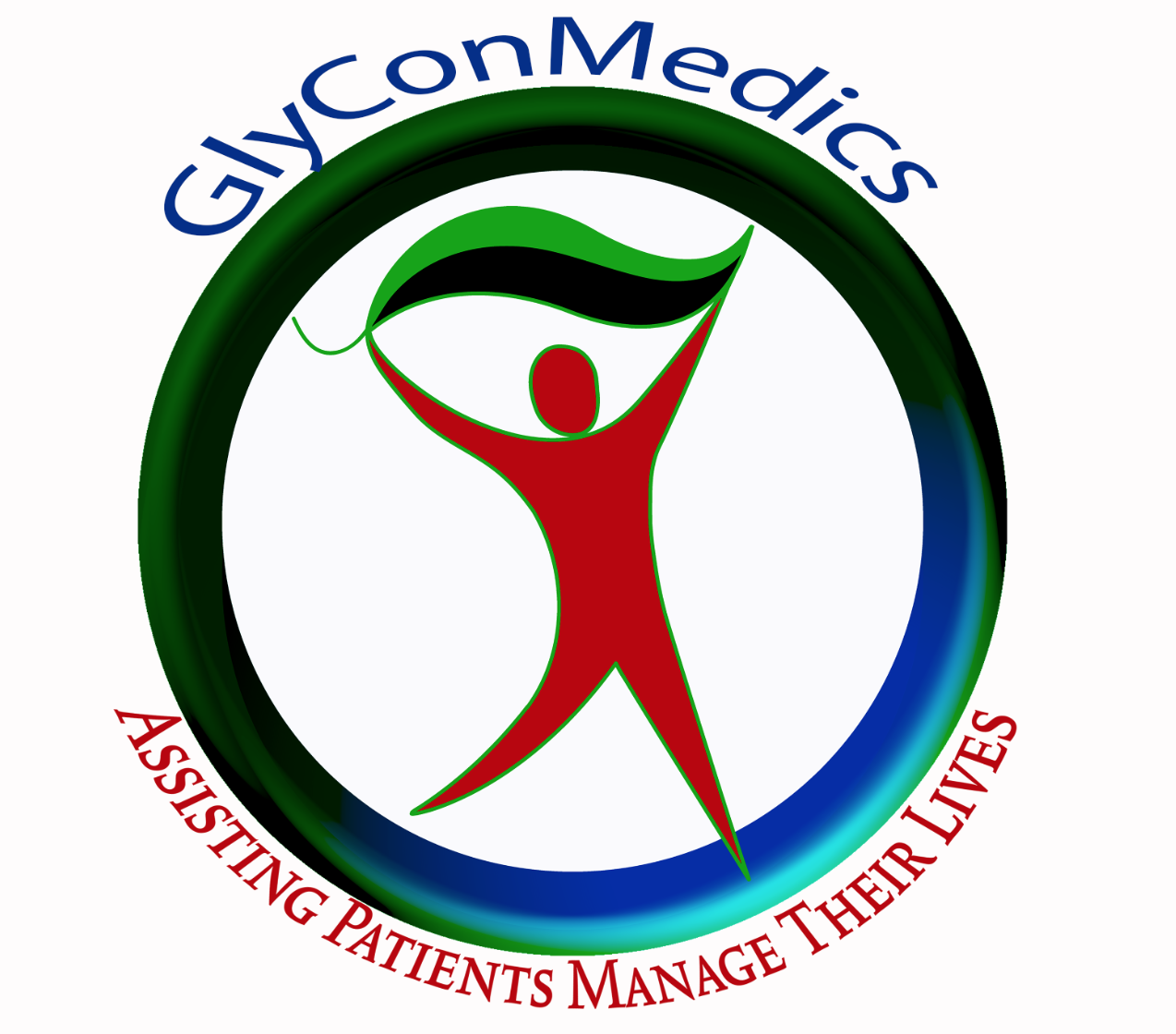
GlyConMedics
Location: 2819 Angell Avenue
San Diego, CA 92122
US
Founded: 2013
Website: http://www.glyconmedics.com
Blog: http://blog.glyconmedics.com
Twitter: @glyconmedics
Facebook: https://facebook.com/glyconmedics
Other link: http://www.ozstartherapeutics.com
Product Stage: Prototype/MVP
YTD Sales: Working on it
Employees: 5-10
How We Help Patients
A natural, taste good, and affordable ADD-ON treatment to sulfonylurea with continuous near normal glucose control without a requirment for dose changes – reported by patients to (i) significantly reduce hypoglycemic episodes; (ii) reduce weight; (iii) reduce muscle cramps; (iv) improve mobility; (v) improve satiety; (vi) improve bowel regularity; and (vii) provide an overall better quality of life. The most important impact would be management of health outcomes of millions of patients who may suffer, otherwise, from diabetes complications such as heart, neurological, kidney and eye diseases. Due to feedbacks we’ve received from patients who have used our treatment regime, the most driving force for marketing of our product would be patient referrals.
How We Help Physicians
Within the past few decades we’ve witnessed that long term use of nearly all newly developed drugs, in some of the patients, resulted in some sort of debilitating outcomes such as; TZD associating with cardiovascular problems, pioglitazones associating with bladder cancer, GLP-1 mimetics and DPP-4 inhibitors associating with pancreatitis and infection, SGLT2 inhibitors associating with low blood pressure, infection and kidney failure. Accordingly, regulatory authorities have increased their bars and now requesting very costly and extensive cardiovascular outcome studies prior to market authorization of all new anti-diabetes drug. In addition, due to unknown features of “New Chemical Entities”, physicians are more comfortable to treat their diabetes patients with well-established drugs such as metformin, sulfonylurea and insulin. Since every physician’s goal is to provide their patients with duty-of-care and best treatment regimen available, we believe that physicians would be most encouraged to prescribe their patients with our combination treatment due to the established characteristics of sulfonylurea.
Thus, we believe that other stake-holders would favour our treatment due to: (i) greater acceptance of a natural and affordable “add-on” treatment with likely fewer side effects by patients on sulfonylurea across many cultures. (ii) would fill a gap for pharma companies by providing a solution for an unmet medical need. (iii) would be favourable to insurance companies due to continued use of a proven and low cost sulfonylurea treatment options with a long history of exposure, particularly in insulinopenic phenotypes as well as impacts on pharmacoenconomics for reduction of micro- and macrovascular diabetes complications. (iv) would be favoured by the governments and tax payers due to anticipated lower burden of health budget cost relative to “New Molecular Entities” for the treatment of diabetes.
How We Help Hospitals
Evolution of type 2 diabetes in patients can lead to elevated risk of (i) adverse cardiovascular events, associated with atherosclerosis, particularly coronary events, (ii) retinopathy, (iii) nephropathy and (iv) neuropathy. If not treated accordingly, diabetes can result in congestive heart failure, myocardial infarction, peripheral vascular disease, stroke, pancreatitis, end stage renal disease and blindness. An increasing body of evidence suggest that these complications arise mainly due to long term HYPERGLAECEMIA and HYPERTENSION leading to damage within these organs. Increasing body of evidence suggest that early and effective glucose control reduces the risk of these complications in type 2 diabetes. Remarkably, perioperative tight glycemic control also reduce post diabetes coronary artery bypass graft complications such as mortality, infections, length of hospital stay and others factors indicating that elevated glucose concentrations are detrimental in long term disease manifestations as well as acute interventions and surgery.
Sulfonylurea + pre-biotic inulin anti-diabetes treatment while predicted to exert similar sustained efficacy to insulin in lowering glycemia, it is (i) oral not injectable, therefore eliminates local problems such as allergy/infections at insulin injection sites and would be more acceptable to patients, (ii) affordable as opposed to expensive insulin treatment, (iii) little or no hypoglycaemic episodes as opposed to high incidence of hypoglycemia through insulin injection, (iv) results in weight loss as opposed to weight gain induced by insulin administration, (v) may be safer than other currently marketed newer treatments, (vi) will add to patient and health professional choice to aid individualization of therapies.
Thus, we believe that our treatment regime will significantly ameliorate diabetes associated complications and as such it will result in reduction in health budget such as caring, hospitalization and surgery costs.
How We Help Partners
Pharmaceutical companies are striving to develop new treatments for type 2 diabetes mellitus. But due to complexity of this disease and its dependency on life style, food intake, metabolism and uncertain features of “New Chemical Entities”, it is proven to be difficult to develop and manufacture a drug with least/no side effects. Therefore, attempts are being made to improve the currently established treatments.
We are actively seeking strategic partner(s) and investors who would be interested in contributing to further development of our new technology. This technology would fill a gap for pharma companies by providing a solution for an unmet medical need. As a development company we plan to optimize our active molecule(s) to produce our final product (i.e. 500 mg tablets, 3 times daily) to conduct a placebo controlled double blind phase 2b clinical trial to enable out-licensing. We have estimated the revenues that could be achieved along the supply chain from licensee, wholesaler and pharmacies in various countries where we have patent protection. The calculation has been conducted based on the assumptions that the pharmacist making a 50% margin and the wholesaler making a 17.5% margin and the licensee will be using our technology to manufacture the tablets, making a 60% margin and we receive a royalty of 10% of gross sales from the licensees. Under these assumptions, we could achieve sufficient annual royalties even if our combination therapy achieves a 5% penetration of the addressable market. Thus, our combination therapy is considered a viable commercial opportunity for potential licensees, wholesalers and pharmacists in the supply chain.
Challenge Mission
Key Milestones Achieved and Planned
As a development company, we aim to optimize our active molecule(s). Once our final product is defined we will conduct a placebo controlled double blind phase 2b clinical trials, which should enable us to out-license our technology.Our Competitive Advantages
We plan to out-license our technology to global/regional pharmaceutical company(s) and anticipate to receive upfront payment of US$42-300 million plus milestone payment and royalties through licensing deal(s).Barriers to Entry
All companies currently developing treatment(s) for type 2 diabetes would be considered our competitors. However, sulfonylureas are still regarded as the first line of treatment. For example the International Diabetes Federation, Chinese Diabetes Society and the USA VA hospital together with the USA Department of Defense Systems recommend a sulfonylurea or a metformin as the first line anti-diabetes drugs, and the American Diabetes Association guideline 2016 and European Medicinal Agency recommend sulfonylurea as a second line to metformin. This is because sulfonylureas are cheap and efficacious and their significant side effects are well-established. Therefore, add-on treatments that revitalize sulfonylureas to provide sustained glucose control, with virtually no side effects, leading to improved patient’s well-being will represent a breakthrough. Thus, we anticipate to capture a large portion of the marketplace, if this technology is completed successfully in a timely manner.Traction, Funding and Partners
Innovation Details
Intellectual Property Summary
Our treatment regime has been patented and allows for specific inulin candidate molecule(s) to be used as either an add-on treatment to marketed sulfonylureas or as a fixed dose combination tablet. We own two families of patents, of which the first patent is granted in USA, China and Australia, pending in 5 other jurisdictions. Our second composition of matter and method of use patent is currently being examined in 12 jurisdictions, collectively covering over 90% of global diabetes market.
Clinical Information
We have conducted clinical case studies on 8 type 2 diabetes patients and 1 pre-diabetes individual. 4 patients were on sulfonylurea therapy (taking Glibenclamide, Gliclazide, Glipizide or Glimepiride) and supplemented their treatments by taking specific kinds of pre-biotic inulin candidates – all showed significantly improved sustainable glycemic control (i.e. over 5 years) and significant reduction in hypoglycemia and weight. Pre-biotic inulin candidate add-on to four patients on non-sulfonylurea drugs and 1 pre-diabetes individual taking no drugs showed no glucose lowering effect. Thus, we have discovered a specific synergy between sulfonylurea and a pre-biotic inulin candidates, which provided a basis for creation of our intellectual properties and filing two families of patents, worldwide. A representation of the synergy and sustained efficacy can be seen at http://www.glyconmedics.com/Technology_CaseStudies.html OR http://www.glyconmedics.com/Technology_ResearchFocus.html.
Regulatory Status
We plan to manufacture a fixed dose combination tablet and test it in a double blind placebo controlled phase 2b clinical trial in the USA. This require IND approval from the FDA. We therefore need to commission a regulatory consultant to communicate with the FDA. Our current discussions with a number of US-based regulatory consultants have revealed that revitalizing an existing and well-established anti-diabetes drug would fit with a “fast-tracked” approval process, termed 505(b)(2).
How we will use the funds raised
In our current clinical case studies we’ve utilized a polydisperse pre-biotic inulin composition, of which our rigorous analytical assessments suggested that a single candidate molecule exerted the synergy. Therefore, we wish to produce 4 different types of candidate singular pre-biotic inulin molecule to test in animal models of diabetes to elect one candidate. This candidate will ultimately be used to manufacture cGMP fixed dose combination tablets for the conduct of a phase 2b clinical trial. Funding will be used to (i) receive approval for the conduct of a phase 2b clinical trial in USA, (ii) to explore way(s) of producing singular pre-biotic inulin molecule(s) and placebo molecule(s), (iii) to test these molecules in animal models of diabetes to assess which candidate is most synergistic. (iv) to conduct toxicology and drug-drug interaction studies in different animal models using fixed dose combination tablet, and (v) to estimate the costs for a phase 2b clinical trial.
Thank You
Did you know that:
1) Out of every 10 people in the USA 1 person has type 2 diabetes and the incidence is sharply rising?!
2) Management of type 2 diabetes costs over $320 billion to the USA health budget annually?!
3) World-wide ~5 million people die from diabetes-associated complications each year?!
4) Our technology has been supported by merit-based Australian Government grants, and Australian investors for the past several years?
5) We became a semi-finalist at the “Diabetes Innovation Challenge” and a finalist at the “2016 Most Innovative New Product Award”?
We believe that our treatment can significantly reduce the incidence and costs associated with type 2 diabetes (http://www.glyconmedics.com). We need your invaluable support!
Updates
No updates found .
Supporters
-
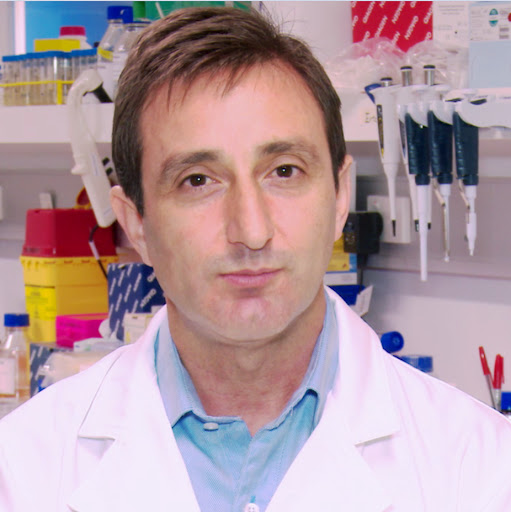
12/17/2019 - Liked the project., Master’s Degree in Business Administration from Seton Hall University
10/06/2017 - Liked the project., Master’s Degree in Business Administration from Seton Hall University
10/06/2017 - Followed the project.
11/28/2016 - Liked the project.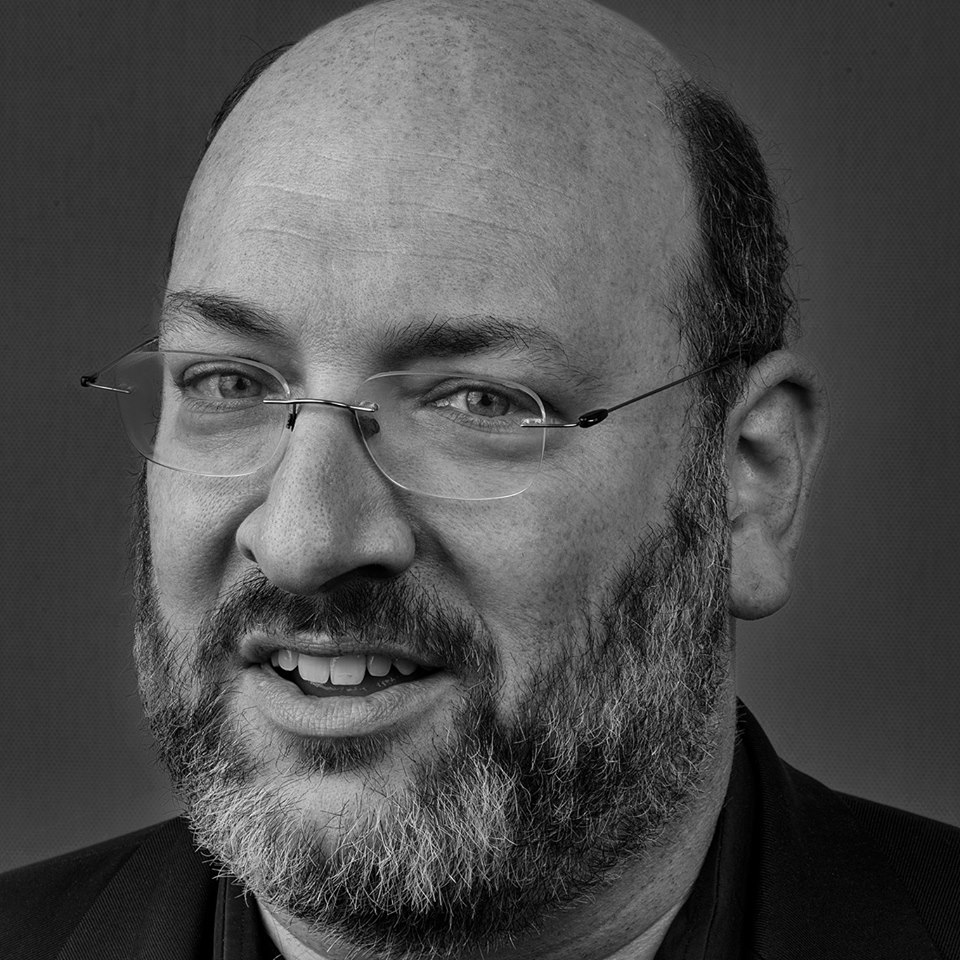 , JD MPH
, JD MPH
11/20/2016 - Liked the project.
11/08/2016 - Liked the project.
11/08/2016 - Followed the project.
11/08/2016 - Liked the project.
11/08/2016 - Followed the project.
Comments
-
Mahnoosh Afkham posted on 8th November, 2016
Here here! To better health and a world without Diabetes!
Click here to LoginInstant Feedback
Help us find best new ideas to fund by telling us what you think. Your feedback goes straight to the team behind this project in private, so tell them what you really think.
24Medstartr
Index Score24
Interest
Score0
Adoption
Score6
Likes0
Partners0
Pilots4
Follows-
This campaign has ended but you can still get involved.See options below.
$ 10,000 goal
Instant Feedback
Help us find best new ideas to fund by telling us what you think. Your feedback goes straight to the team behind this project in private, so tell them what you really think.
